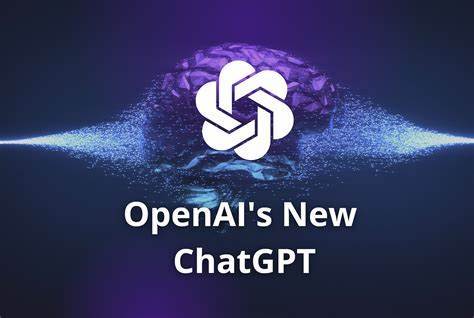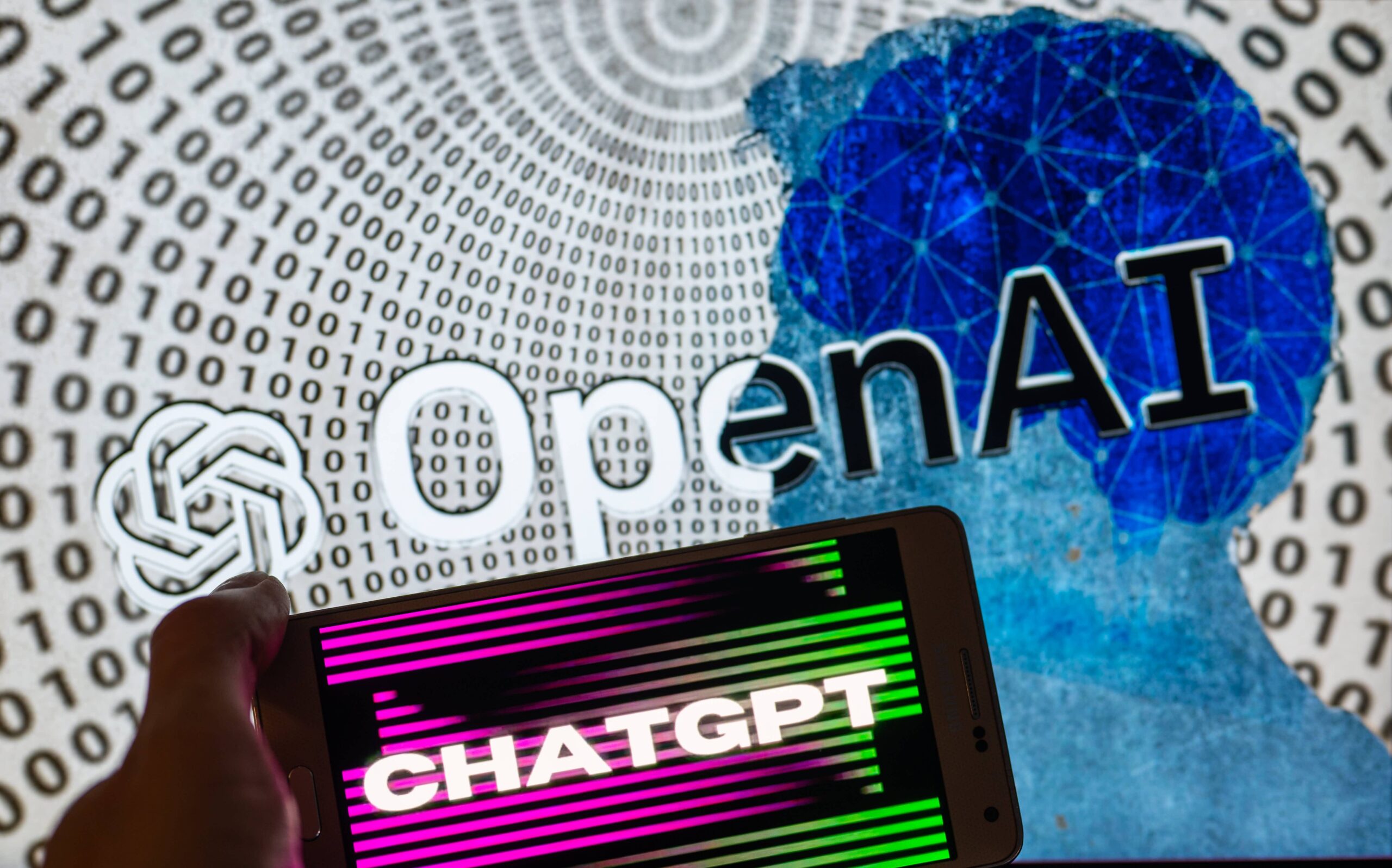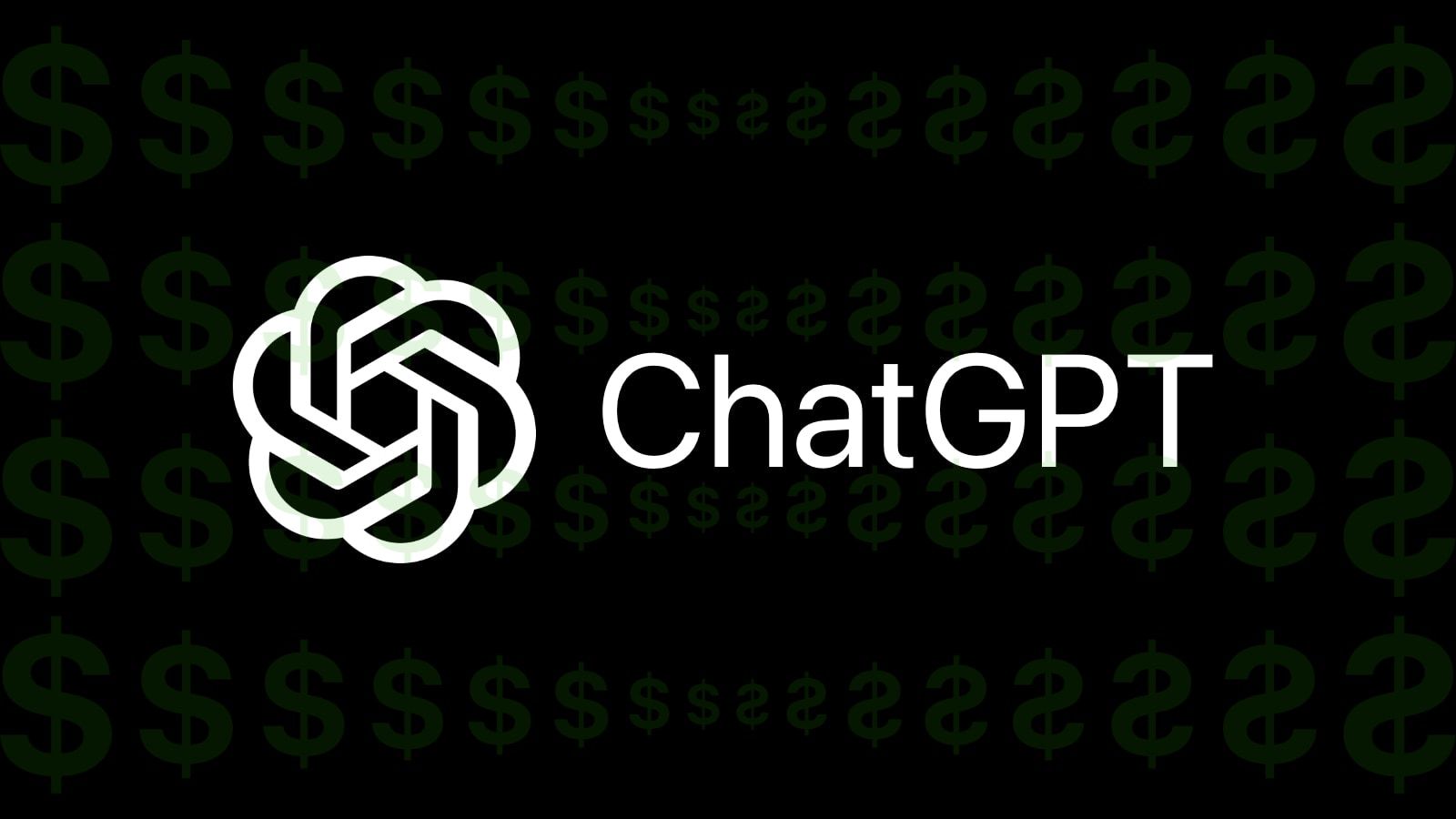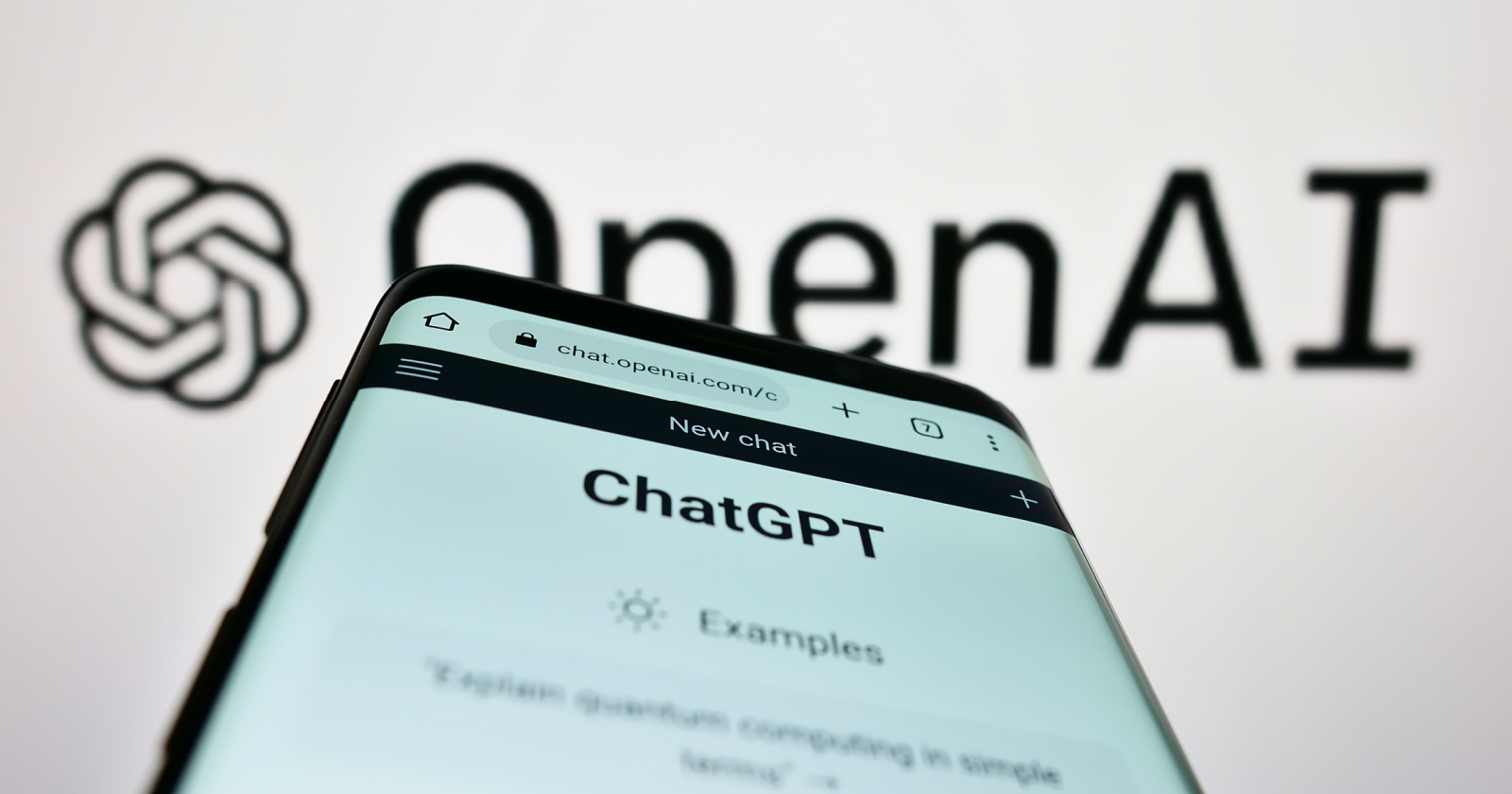ChatGPT’s Daily Expense of ₹5.8 Crore Raises Concerns, OpenAI’s Financial Stability in Question by 2024:Report

ChatGPT’s Daily Expense of ₹5.8 Crore Raises Concerns, OpenAI’s Financial Stability in Question by 2024:Report
OpenAI’s ChatGPT created waves as it became the fastest-growing app upon its November 2022 launch, but concerns about its financial prospects have emerged in a recent news report by Analytics India Magazine. The report raises the possibility of OpenAI facing bankruptcy by the end of 2024.
The source of these concerns is OpenAI’s decision to seek a trademark for GPT, which has sparked doubts about the app’s sustainability, potentially leading to a decrease in user adoption. The report highlights a notable decline in ChatGPT’s user base during June and July compared to the previous month of May. Data from SimilarWeb on August 3 indicates a consecutive decline in ChatGPT’s traffic, with a 9.6 percent drop in July following a 9.7 percent decline in June. Significantly, July witnessed a sharp 12 percent reduction in users, with the count falling from 1.7 billion in June to 1.5 billion.
These observations have prompted concerns about OpenAI’s financial stability and the app’s long-term viability in the face of user attrition. While the initial excitement surrounding ChatGPT’s launch was remarkable, these challenges underscore the volatile nature of the tech industry and the need for adaptability to evolving user preferences and market dynamics.
The decline in ChatGPT’s user base has been linked, in part, to API cannibalization, according to the report. This phenomenon has emerged as companies restricted their employees from utilizing ChatGPT for work-related tasks. However, these same companies continued to integrate the capabilities of the large language model (LLM) into various other workflows.

The shift in usage patterns reflects a strategic choice by companies to harness the power of LLMs while directing employees away from dedicated applications like ChatGPT. This strategy aims to optimize the value derived from AI-powered language models while aligning them more effectively with specific business needs and use cases.
Recent media reports have highlighted that OpenAI’s operational expenses for running ChatGPT amount to around $700,000 per day. While the company has received financial support from investors such as Microsoft, concerns have been raised about the sustainability of covering these substantial costs without generating corresponding profits.
The challenge lies in finding a viable business model that not only covers the operational expenses but also provides a pathway to profitability. OpenAI’s ability to navigate this financial landscape will likely play a crucial role in determining its future stability and success.
OpenAI’s financial situation seems to have taken a concerning turn, with reported losses of $540 million for 2023 doubling since the inception of its chatbot development. The company had set ambitious revenue targets of $200 million for 2023 and an even more audacious $1 billion for 2024. However, these projections are now being cast into doubt due to the mounting losses.

One of the contributing factors to these financial challenges is the persistent shortage of Graphics Processing Units (GPUs), which are crucial for model development and deployment. This scarcity has likely hindered OpenAI’s ability to scale and optimize its operations effectively.
As OpenAI grapples with these financial hurdles and external constraints, it will be interesting to observe how the company strategizes to meet its revenue goals and secure a sustainable future amidst an evolving landscape of AI technologies and market demands.
OpenAI’s recent trademark application for ‘GPT-5’ and its continued investment in model training highlight the company’s commitment to advancing its AI capabilities. However, the challenges it faces in terms of mounting losses, declining user base, and significant operating expenses raise concerns about its financial sustainability.
While OpenAI’s recent investors, such as Microsoft, have been helping cover the high costs of running AI models like ChatGPT, the reported financial losses and the potential bankruptcy warning suggest that the current financial model might not be sustainable in the long run.

To secure its future, OpenAI may need to explore various avenues, including securing additional funding, diversifying its revenue streams, and potentially reevaluating its operating strategies to align with changing market dynamics. As OpenAI navigates these challenges, its approach and decisions will likely have implications not only for its own future but also for the broader AI industry.
Amidst the ongoing challenges OpenAI faces, the landscape is further complicated by Apple’s potential foray into the AI-powered chatbot space. Additionally, Elon Musk’s claims regarding the superiority of his AI company xAI have introduced additional competition and scrutiny.
Elon Musk’s dual role as a co-founder of OpenAI and a proponent of xAI has raised questions about the direction of AI development and the potential implications for OpenAI’s competitiveness. Musk’s criticisms of OpenAI’s association with Microsoft and its AI strategy have sparked debates within the AI community.
Apple’s entry into the AI-powered chatbot sector brings a formidable tech giant into the mix, potentially reshaping the dynamics of the market. Apple’s strong brand and existing user base could give its AI initiatives a boost, adding to the challenges that OpenAI already faces in maintaining its user base and financial sustainability.

In this evolving landscape, OpenAI must navigate not only the financial hurdles and user engagement concerns but also the competitive pressures from industry giants and the scrutiny of its own co-founder. The decisions and strategies it adopts moving forward will play a crucial role in shaping the future trajectory of AI-powered chatbots and the broader AI ecosystem.
OpenAI’s transformation from a nonprofit to a “capped-profit” organization marks a significant shift in its approach. The infusion of $10 billion in funding from Microsoft has propelled the company’s growth and development, while also introducing the challenge of maintaining its original non-profit objectives alongside profit-driven goals.
Despite its substantial financial backing, OpenAI has chosen to refrain from going public at present. This decision aligns with the company’s cautious stance on the potential implications of superintelligence-related decisions and their alignment with investor interests and expectations. This move underscores OpenAI’s commitment to responsible and ethical development in the field of artificial intelligence, even as it navigates the complexities of corporate funding and expansion.
OpenAI’s journey from nonprofit beginnings to a unique “capped-profit” model reflects the intricate balance it must strike between financial sustainability, technological advancement, and its mission to ensure AI benefits humanity as a whole. The company’s approach is a testament to the challenges and ethical considerations that arise in the rapidly evolving landscape of AI research and development.




